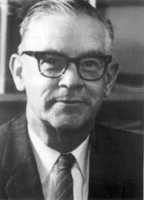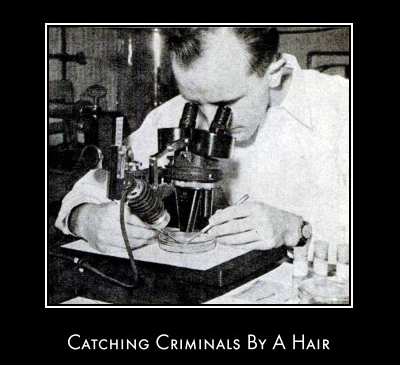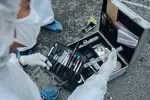Criminalistics
Although the term is often used interchangeably with forensic science, criminalistics is in fact as the American Academy of Forensic Sciences (AAFS) acknowledge a distinct discipline that operates along with other disciplines under the umbrella of forensic science.
Want To Study Forensics/CSI?
According to the American-Board-of-Criminalistics; criminalistics can be defined as that profession and scientific discipline directed to the recognition, identification, individualization, and evaluation of physical evidence by application of the physical and natural sciences to law-science matters.
In outlining the type of work criminalists undertake the AAFS note that 'criminalists analyze, compare, identify, and interpret physical evidence' and that 'The main role of the criminalist is to objectively apply the techniques of the physical and natural sciences to examine physical evidence'. In relation to physical evidence, The following passage form the AAFS demonstrates the diverse nature of the discipline.
'Physical evidence may be anything: evidence so small that a microscope is needed to see it, or as large as a truck. It may be as subtle as a whiff of a flammable gas at an arson scene or as obvious as a pool of blood at a homicide scene. The enormous range of material challenges the ingenuity of the criminalist who examines and identifies hair, fibers, blood, seminal and body fluid stains, alcohol, drugs, paint, glass, botanicals, soil, flammables, and safe insulating material; restores smeared or smudged markings; and identifies firearms and compares bullets, tool markings, and foot prints.'
Pioneer Paul L. Kirk
|
Paul Leland Kirk was Emeritus Professor of Criminalistics at the University of California, Berkeley (UCB). During his tenure, Kirk was instrumental in establishing the topic as an academic discipline. Kirk's interest in the application of scientific knowledge within a criminal investigation led to the publication of the landmark text Crime Investigation Physical Evidence and the Police Laboratory in 1953. |
|
Paul Leland Kirk died on the 5th of June 1970 the following passage is taken from his obituary.
If he wished to be remembered for any one thing, it would be for his contribution to criminalistics. Indeed, the very term has come into usage largely through his efforts, and it was he who established the first academic program in the subject in the United States. He brought to the profession an insight and scientific rigor rarely seen before his time.
See following link to read a great article from 1947 featuring pioneering criminalist Paul L Kirk.
Criminalists: Catching Criminals By A Hair
Essential Reading
This excellent text provides students with little to no prior knowledge of forensic science with a practical crime scene processing experience. The manual starts with an original crime scene narrative setting up the crime students are to solve. This narrative is picked up in each of the forensic science lab activities, tying each forensic discipline together to show the integrated workings of a real crime lab. After the completion of all of the exercises, the student will be able to solve the homicide based on forensic evidence.
See following link for full details.
Criminalistics Laboratory Manual: The Basics of Forensic Investigation
Recent Articles
-
All About Forensic Science
Nov 12, 24 03:05 AM
A forensic science website designed to help anybody looking for detailed information and resources. -
The Role of Forensic Evidence in Criminal Defense Cases
Sep 05, 24 03:38 AM
Article exploring five key roles that forensic evidence plays in criminal defense cases -
The Evolving Role of Medical Science in Forensic Investigations
Aug 06, 24 03:35 AM
Insightful article exploring the critical role of medical science in forensic investigations.




New! Comments
Have your say about what you just read! Leave me a comment in the box below.